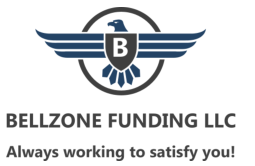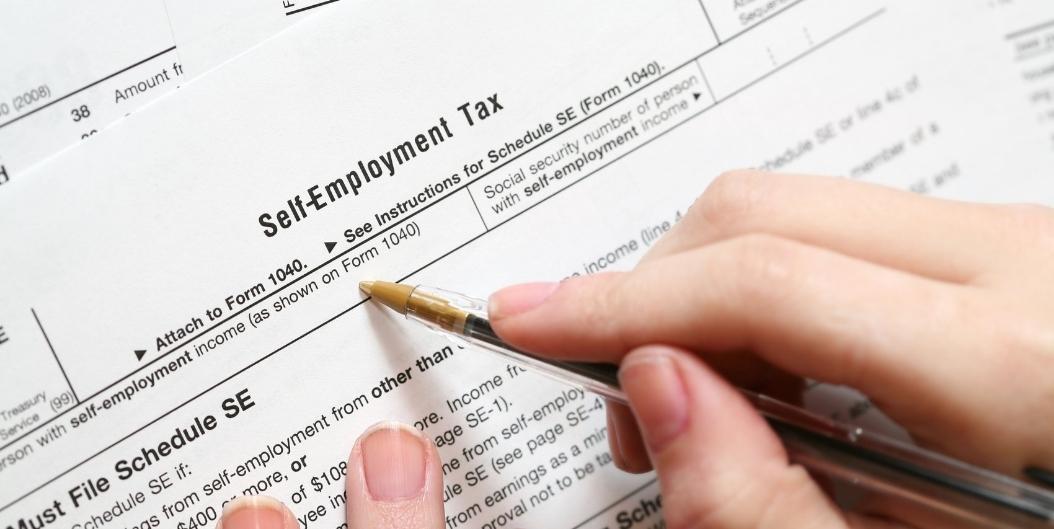How to File Self-Employment Taxes in Easy Steps?
Opening your own business may seem to be exciting, but at the same time, it comprises a lot of work to be done, especially during the tax paying season. The difficulty faced when you are self-employed is to analyze if you are eligible to pay the employment tax. Therefore, it is very important for self-employed business owners to know when they are eligible to pay employment taxes and how they must pay off their self-employment taxes.
Self-employment taxes usually comprise social security and medical care taxes. If some employer employs you, you can benefit from the tax as the employer pays off half of the tax. But in case you are self-employed, you have to pay these taxes from your paycheck for running a company withhold Social Security and Medicare taxes. The tax rate is 15.3%, broken down into two parts, i.e., 12.4% for social security and 2.9% for Medicare.
This blog will take you through some easy steps assisting you in filing self-employment taxes.
Which Businesses Are Eligible For Self-Employment Taxes?
Self-employment tax is settled by an individual who deems themselves self-employed. You are self-employed, according to the Internal Revenue Service, if you:
- You carry on a trade or company as a sole entrepreneur or an independent business entity.
- You’re a partner in a partnership that runs a trade business.
- Otherwise, you’re in company for yourself (including a part-time business).
If you made more than $400 working for yourself, you might have to pay a self-employment tax. According to the IRS, if your net profits from self-employment were $400 or more, you must file an income tax return. On the other hand, if your net self-employment earnings were less than $400, you could avoid paying self-employment taxes on those profits, although you must still report them.
Easy Steps To File Self-Employment Taxes
- Calculate Your Business’s Overall Revenue And Profit
There are different forms and ways to calculate different businesses’ overall revenue and profits. Suppose you run a sole proprietorship business entity. In that situation, you can simply determine how much money you made after deducting expenses by using Schedule C. If you run your business as a partnership firm or an S corporation, you’ll get a K-1 form detailing your profit split. In this way, you can estimate your overall yields and gains less money spent by you.
- Fulfill Paper Formalities Of Self-Employment Tax
Once you have estimated your company’s proceeds, you can fill out Schedule SE, the self-employment tax form (Form 1040). To figure out how much self-employment tax you owe, follow the instructions in this calculator. By paying self-employment taxes, you’ll get a deduction against your other income taxes, which you’ll figure out using this form.
- Incur Self-Employment Taxations Annually
On your personal income tax return, figure out how much you owe in self-employment taxes (Form 1040). You’ll know exactly how much you owe for the year, including self-employment when you finish your return. So pay your taxes before the deadline. This will build a good tax reputation for your business and create more opportunities to grow and expand your business, as many financial lenders consider past tax records before financing your business.
- Settle Self-Employment Taxes Quarterly
You can settle down your self-employment taxations in one cumulative amount on your income tax return in your first year of your business operations. Following that, you must pay your projected income tax and self-employment taxes on a quarterly basis. To prevent interest and penalties, make sure your predicted payments equal the tax you paid the previous year or at least 90% of what you’ll owe this year.
- Evaluate Modifications In Your Business Income
You normally pay more self-employment taxes as your business income grows and develops. To ascertain the total amount of taxation you have to settle, repeat the process using your expected income and the tax form sheet. As a result, you can begin putting money aside.
You could utilize small business tax software or an accountant if you don’t want to spend your time calculating tax. It’s a good idea to hire an accountant or a certified public accountant (CPA) to assist you in preparing your taxes and examine your documentation before submitting them. It is recommended to ask some important questions before hiring an accountant. However, whatever path you choose, be sure you have a strategy in place. Check out Bellzone Funding LLC Blogs for essential information for your businesses.

